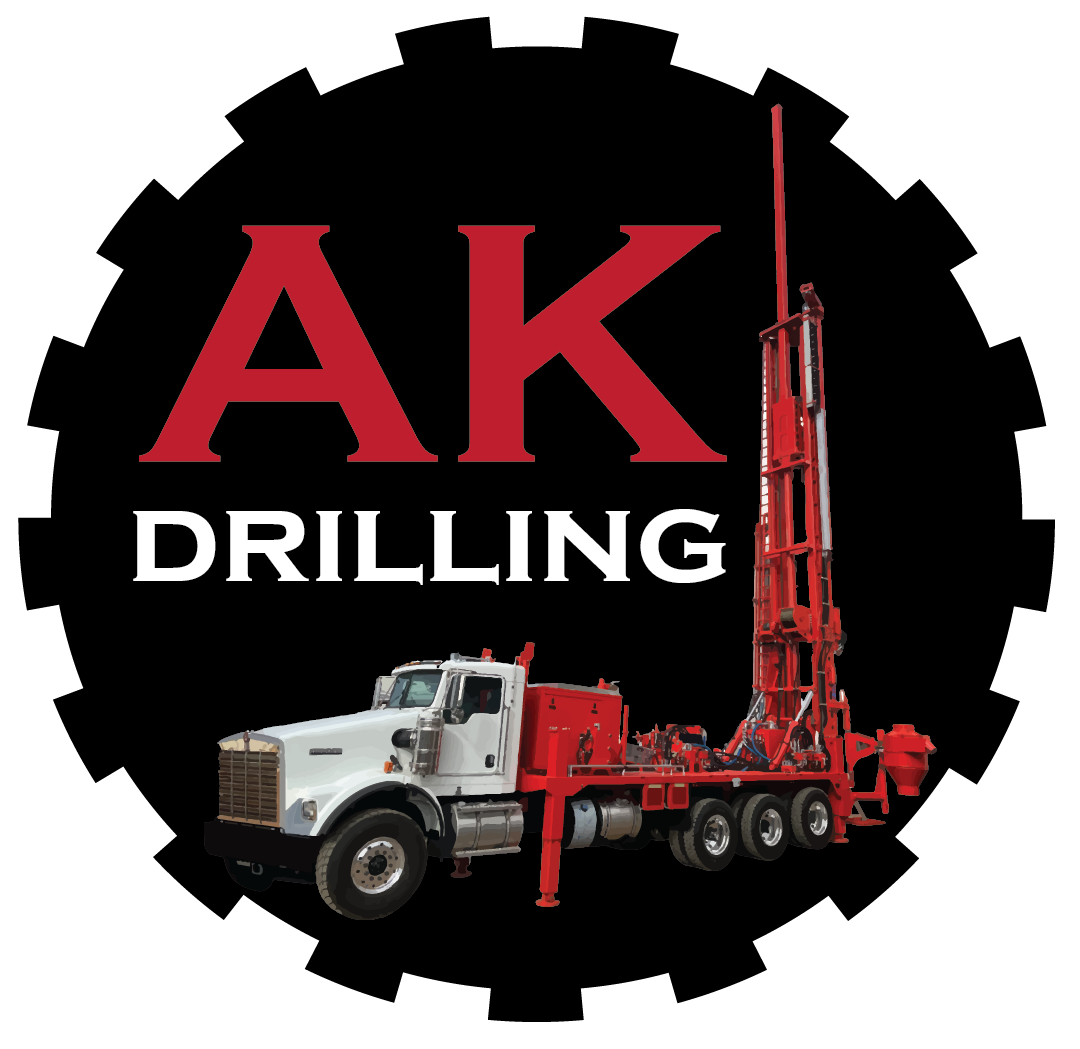Understanding Montana Water Well Regulations: A Guide for Homeowners and Developers
Montana, known for its breathtaking landscapes and abundant natural resources, places significant emphasis on the protection and management of its water resources. If you're a homeowner or developer looking to drill a water well in Montana, it's crucial to understand the state's water well regulations to ensure compliance and sustainable use of water resources. AK Drilling is here to help!
Montana, known for its breathtaking landscapes and abundant natural resources, places significant emphasis on the protection and management of its water resources. If you're a homeowner or developer looking to drill a water well in Montana, it's crucial to understand the state's water well regulations to ensure compliance and sustainable use of water resources. AK Drilling is here to help!
Key Regulations Governing Water Wells in Montana
1. Permitting Requirements
- Water Rights: Before drilling a well, it's important to determine if you need a water right. In Montana, water rights are required for using surface water or groundwater, and obtaining one involves a detailed application process through the Montana Department of Natural Resources and Conservation (DNRC). After a water well is drilled, it is up to the landowner to obtain the application for a water right for their property. The water right permit is done after the well is drilled and is up to the landowner to complete and send in.
- Well Drilling Permit: Not all new wells require a permit. This varies by the county where the property is located. The permit application must be submitted to the DNRC, detailing the purpose of the well, its location, and the anticipated volume of water use. The landowner is responsible for obtaining the water well drilling permit.
2. Well Construction Standards
- Licensing of Well Drillers: Only licensed well drillers are authorized to construct wells in Montana. See our previous blog post on choosing the right partner! This ensures that wells are drilled according to state standards, protecting water quality and public health.
- Construction Guidelines: Wells must be constructed following the guidelines set by the Montana Board of Water Well Contractors. These guidelines cover aspects like casing materials, well depth, and sealing to prevent contamination. AK Drilling has the expertise to ensure these guidelines will be met.
3. Well Location and Spacing
- Setback Requirements: Wells must be located a certain distance from potential sources of contamination, such as septic tanks, sewer lines, and livestock areas. These setback requirements help to safeguard groundwater quality.
- Spacing Between Wells: There are regulations regarding the minimum distance between wells to prevent interference and over-extraction of groundwater resources. AK Drilling has extensive experience working within these regulations.
4. Water Quality Testing and Reporting
- Initial Testing: Once a well is constructed, it must be tested for water quality. Common tests include those for bacterial contamination, nitrate levels, and other potential contaminants. Landowners are 100% responsible for testing for water contaminants, quality, and quantity of water. Drilling companies cannot guarantee the quality or quantity of water.
- Ongoing Monitoring: Regular monitoring of water quality is not required but is encouraged. Particularly for wells used for drinking water, the landowner may monitor the quality of the water. Any significant changes in water quality must be reported to the DNRC.
5. Abandonment and Decommissioning
- Proper Abandonment: Wells that are no longer in use must be properly abandoned to prevent them from becoming conduits for contamination. The process involves sealing the well with appropriate materials. AK Drilling provides water abandonment services.
- Reporting Abandonment: Abandoned wells must be reported to the DNRC, and the abandonment must be carried out by a licensed professional, like AK Drilling, following Montana guidelines.
Resources and Assistance
For those navigating the process of well drilling and water rights in Montana, several resources are available:
- Montana DNRC: Provides detailed information on water rights, well permits, and water resource management.
- Local County Health Departments: Often offer guidance and assistance with well water testing and contamination prevention.
- Montana Board of Water Well Contractors: Provides licensing information for well drillers and sets construction standards.
- AK Drilling: Contact us with your questions and allow our friendly staff and experienced drillers to support your understanding!
Conclusion
Understanding and complying with Montana's water well regulations is essential for protecting water resources and ensuring the health and safety of residents. Whether you are a homeowner seeking a private well or a developer planning a new project, staying informed and following the guidelines will contribute to the sustainable management of Montana's precious water resources. AK Drilling brings unmatched experience in the industry and is ready to partner with you on your project, no matter what step you’re taking!

